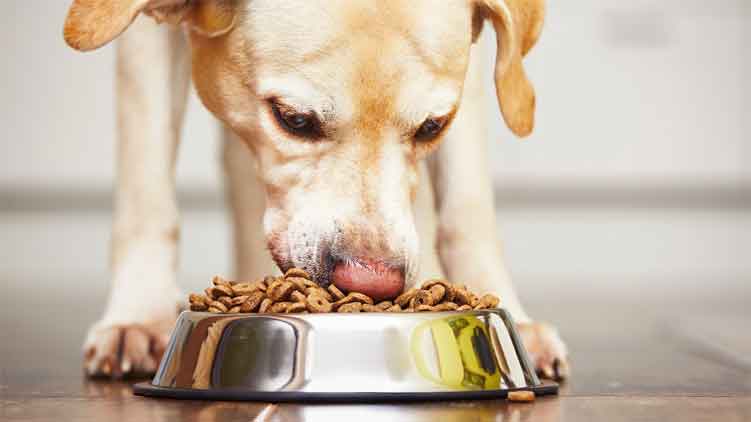How to Make Natural Dog Food
A century ago, Alaskan residents had no choice but to make their own dog food. At that time most of the dogs in the territory worked hauling freight for mushers and miners, or served as companions and protectors of early homesteaders. They were usually of mixed breeding, and much larger on the average than the racing huskies made famous by the Iditarod and Yukon Quest competitions. Fortunately for their human companions, there was an abundance of fish and game with which to feed them.
The practice of producing dog food at home fell by the wayside after the advent of regular barge service made it easier to pick up a bag of dried nuggets at the local market. For awhile, that was cost effective, but the rising prices of the dominant shipping firms have added so much to the cost that many Alaskans have the practice of making their own.

For some folks and their dogs, this is simply an imitation of the drying and freezing techniques used for preserving salmon a century ago. For others, producing their own dog food involves a fair amount of cooking and the use of the latest veterinary studies concerning dog nutrition. The choice of either system or a hybrid thereof depends upon the kind of dog being fed, the available resources, and the climatic region in which the dogs live and work, look at more info.
The most natural food to use here is salmon, which arrives in abundance and is easy to harvest. A gutted pink salmon weighs about three pounds, and one each day is plenty for a dog of moderate size. A large dog can use a couple of them, and for the jumbo-sized malamutes, mastiffs, and Irish wolfhounds at least three are a good idea.
The only reason Alaskans cook the salmon they serve their dogs is to make it easier to digest. The parasites that cause the often deadly “salmon poisoning” in the lower 48 states are not active here, and when the salmon are running, we often feed them to the dogs uncooked. Smaller dogs may have a harder time digesting raw fish, though, and other species are always cooked, even for large mutts.
Anywhere south of Ketchikan, however, it is recommended that the salmon be cooked as well. The need for additional vitamins seems to be satisfied by the dogs’ natural tendency to graze on grasses and other plants here. When I’m out picking blueberries the dogs are usually enjoying as many plump berries as I am.

